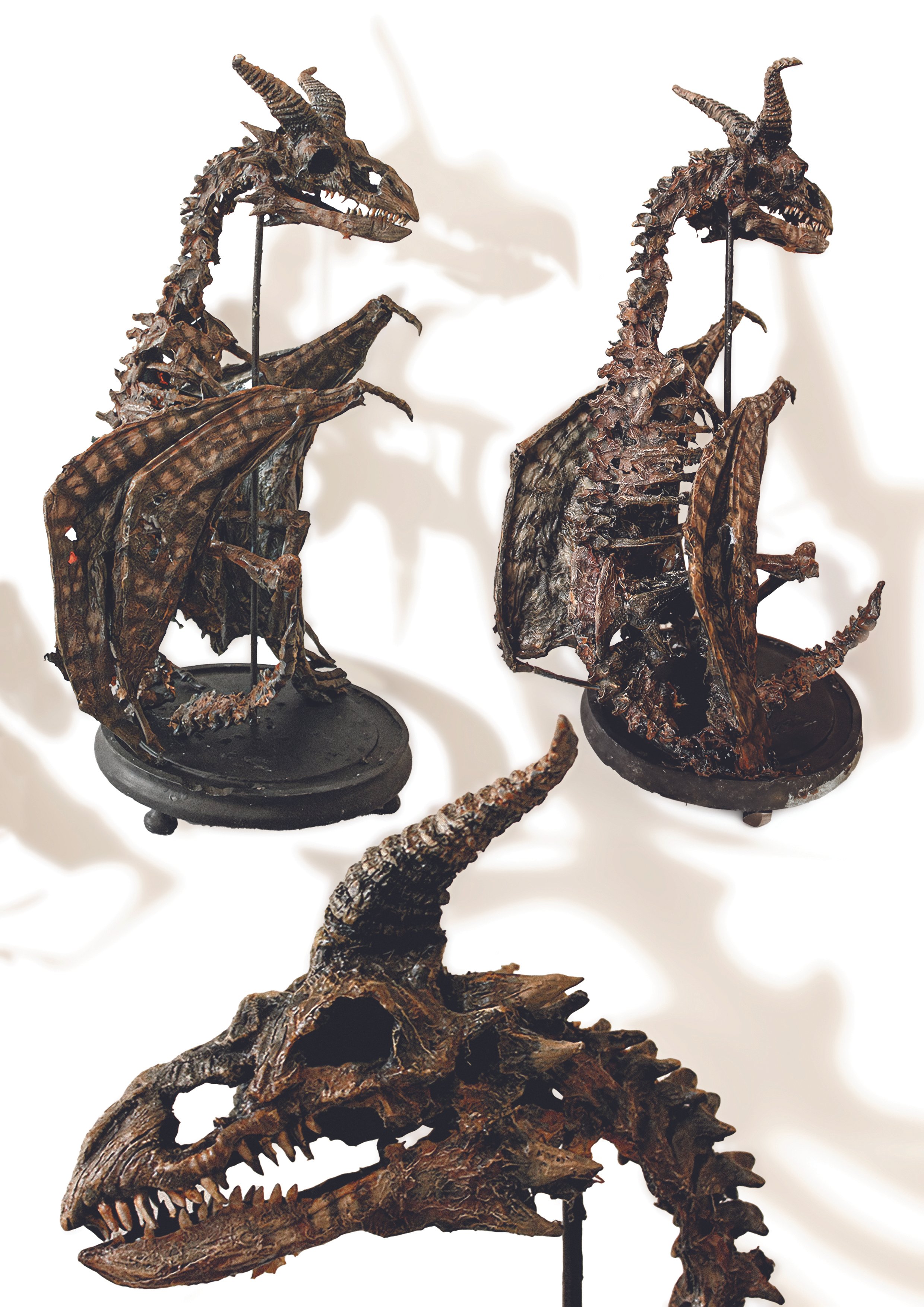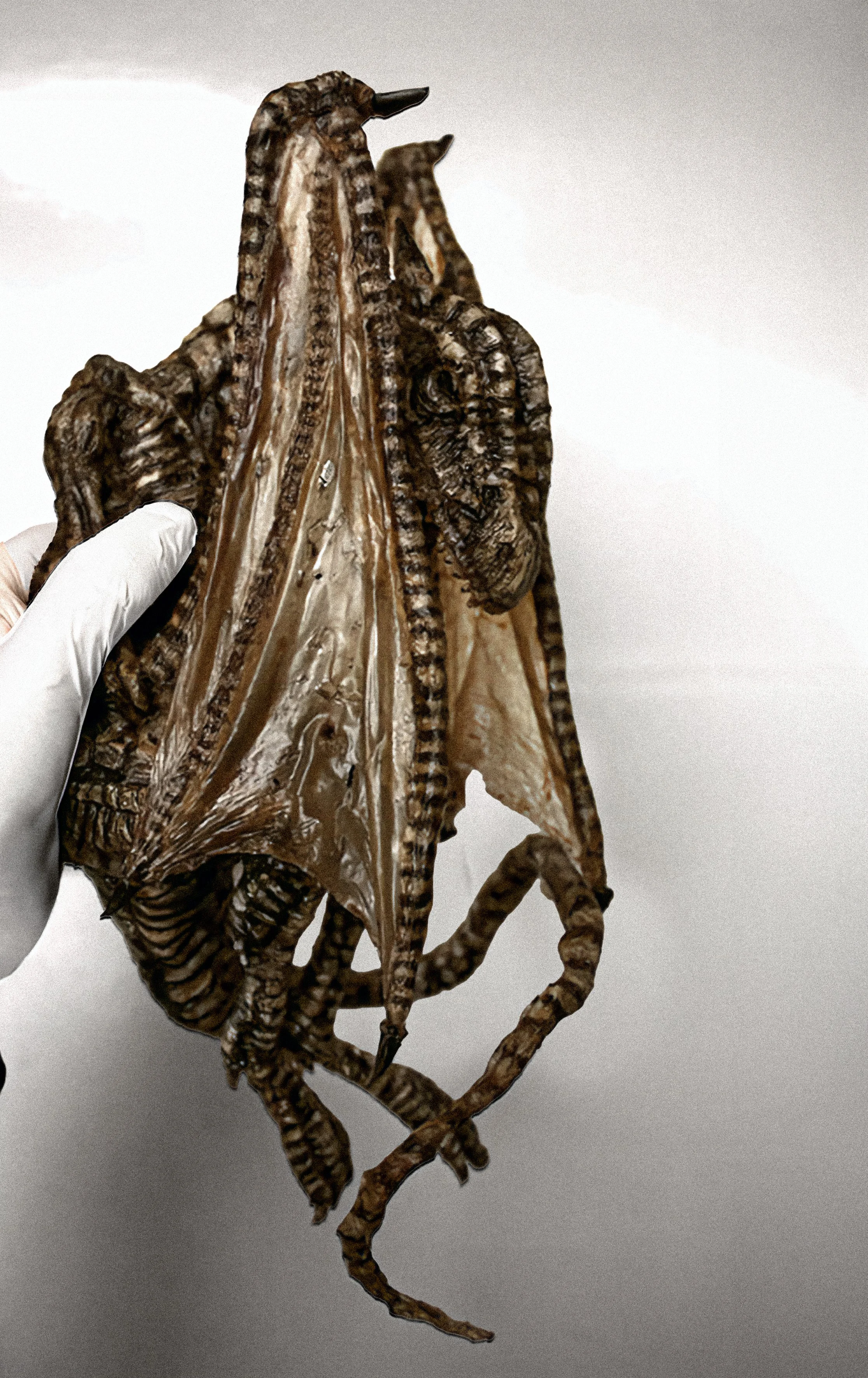According to Thomas’s diaries, it was assumed that 14th century Nepal saw the death of the last remaining male Draco alatus, or Winged Dragon. With a dwindling matriarchal social hierarchy, this species would be one of many to face extinction at the hands of man. Although he believed a catastrophe ended the epoch of the dinosaurs, as far as we know, Thomas was not aware of the asteroid impact at Chicxulub - what is now called the Cretaceous–Paleogene extinction, 66 million years ago, an event that should have wiped out this genus. It is believed that, due to its ability to fly, it could quickly escape the catastrophic effects of the asteroid impact. Three-quarters of all life was wiped out in this event. With the average adult needing to consume a considerable amount of food regularly, it is not certain how such a large animal would fend off starvation. Some have argued that they may have become cannibalistic or, indeed, fed on an as-yet-to-be-identified fellow surviving species of megafauna. Most species of Draco have membranous wings similar to that of Scansoriopterygidae, a recently discovered family of membrane-winged maniraptorian dinosaurs.
It is not known if they are related, due to the distinct difference in size. Yi qi, a scansoriopterygid, was the size of a common sparrow. Draco alatus had a unique, self-igniting, glandular secretion that they could eject from sphincters in the throat. In the oesophagus were four large glands containing volatile chemicals - hydrocarbons broken down into simple molecules. When ejected from the mouth, they reacted with oxygen and ignited. According to the little research that could be found, these bizarre pyrotechnics are unique to this species, and were used in courting and mating rituals. Many preserved dragon skins carry thick burn scars on their flanks, which clotted and healed in various patterns, not unlike keloid scarring in some human practices. Their skin is like that of a rhino, yet accented with tough, scale-like osteoderms along the spine. The wing span of an adult female was around 80 feet. Their society was, as mentioned before, matriarchal, with males being considerably smaller than the females. They are completely featherless, unlike most of their theropod cousins.

















